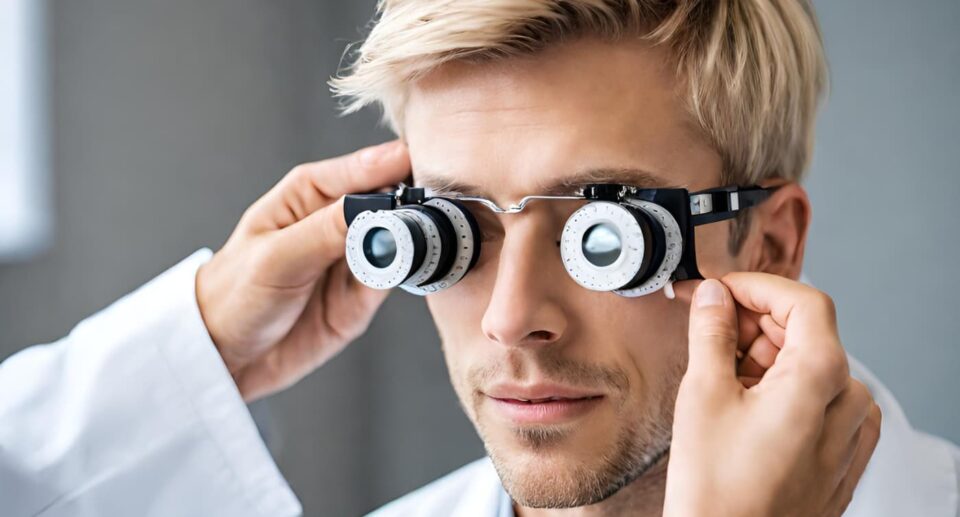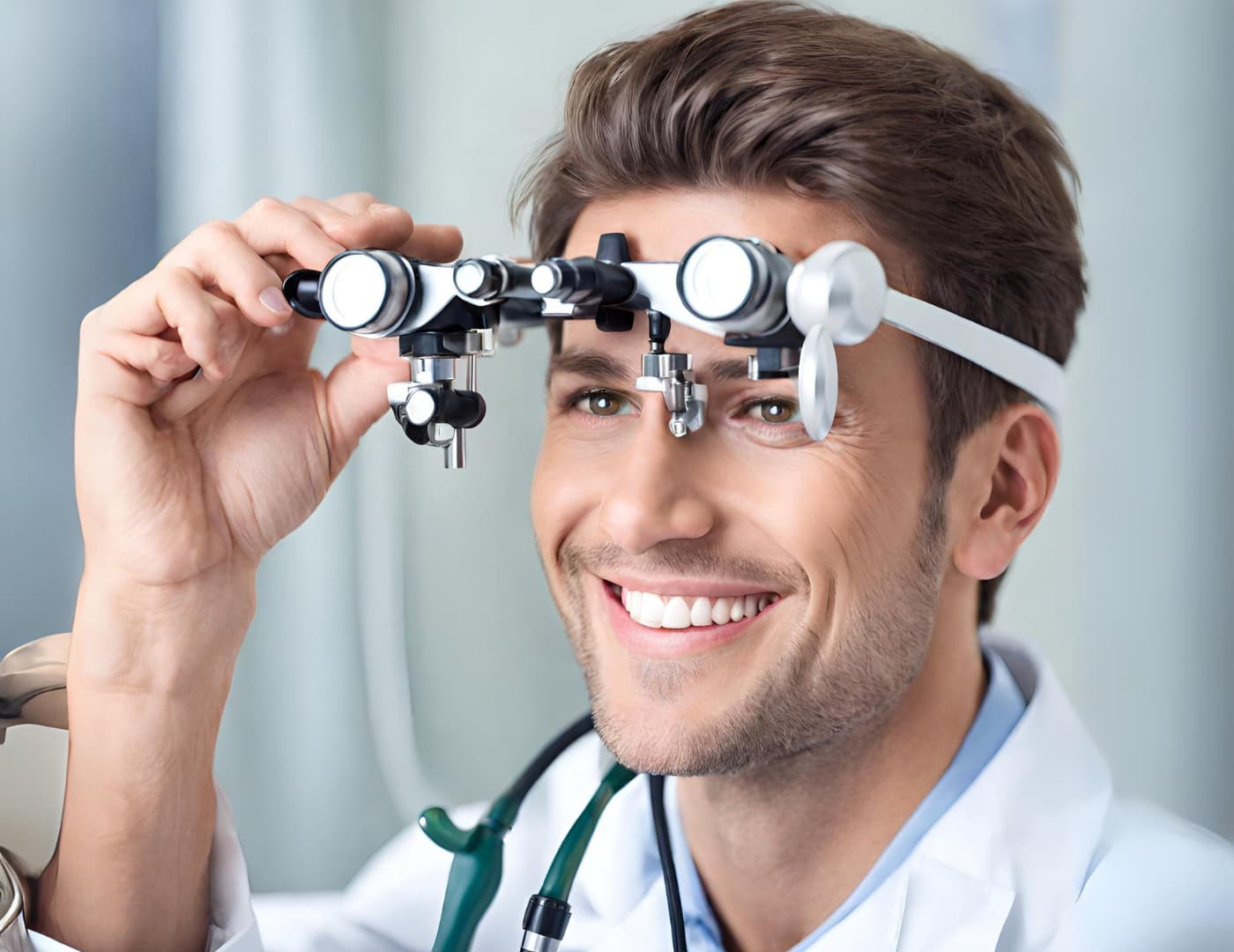Understanding Astigmatism: Causes, Symptoms, and Treatment Options

Astigmatism is a common vision condition that affects people of all ages. It can cause blurred or distorted vision, making it challenging to see clearly. In this comprehensive guide, we will delve into the various aspects of correction of astigmatism, as well as its causes, symptoms, and treatment options. Whether you’ve recently been diagnosed with astigmatism or are seeking to learn more about this condition, this article will provide you with valuable insights.
What is Astigmatism?
Astigmatism is a refractive error that occurs when the cornea or the lens of the eye has an irregular shape. Unlike nearsightedness (myopia) or farsightedness (hyperopia), which are characterized by the eyeball being too long or too short, astigmatism is caused by an uneven curvature of the cornea or lens. This irregularity prevents light from focusing properly on the retina, leading to blurred or distorted vision.
Causes of Astigmatism
Astigmatism can be attributed to both genetic and acquired factors. Some individuals may be born with astigmatism due to a family history of the condition, while others may develop it over time. Common causes and risk factors include:
- Genetics: A family history of astigmatism increases the likelihood of developing the condition.
- Eye Injury: Trauma to the eye can alter the shape of the cornea or lens.
- Eye Surgery: Certain eye surgeries, such as cataract surgery, can induce astigmatism.
- Keratoconus: This progressive eye disorder causes the cornea to thin and bulge, leading to astigmatism.
Symptoms and Signs
Recognizing the symptoms of astigmatism is crucial for seeking timely treatment. Common signs and symptoms include:
- Blurred or Distorted Vision: Objects may appear blurry or stretched in different directions.
- Eye Strain: Prolonged reading or computer use can lead to eye discomfort and fatigue.
- Headaches: Astigmatism-related eye strain may result in frequent headaches.
- Difficulty with Night Vision: Glare or halos around lights may be more noticeable in low-light conditions.
- Squinting: Individuals with astigmatism often squint to improve focus.
Diagnosis
A comprehensive eye examination conducted by an optometrist or ophthalmologist is essential for diagnosing astigmatism. The diagnostic process includes:
- Visual Acuity Test: This standard eye chart test assesses your ability to read letters or numbers at various distances.
- Keratometry: A keratometer measures the curvature of the cornea’s surface.
- Retinoscopy: This test helps determine the refractive error and the need for corrective lenses.
- Corneal Topography: Specialized imaging techniques provide detailed information about the cornea’s shape.
Types of Astigmatism
Astigmatism can be categorized into two main types:
- Regular Astigmatism: In this type, the cornea has two distinct curves, usually resembling the shape of a football. Regular astigmatism is the most common form and can be effectively corrected with eyeglasses, contact lenses, or refractive surgery.
- Irregular Astigmatism: Irregular astigmatism occurs when the cornea or lens has an uneven and irregular curvature. This type is often associated with conditions like keratoconus and may require specialized contact lenses or surgical interventions.
Treatment Options
The good news is that astigmatism is highly treatable, and several options are available to correct your vision. The choice of treatment depends on the severity of astigmatism and your lifestyle preferences. Here are some common treatment options:
- Eyeglasses: Prescription eyeglasses are a straightforward and effective way to correct astigmatism. Specially designed lenses compensate for the irregular corneal shape.
- Contact Lenses: Toric contact lenses are designed for astigmatism and can provide excellent vision correction.
- Refractive Surgery: Refractive procedures like LASIK and PRK near me can reshape the cornea, eliminating or reducing astigmatism. These surgeries have a high success rate and offer lasting results.
Surgical Procedures for Astigmatism Correction
When eyeglasses or contact lenses are not preferred, or if you seek a more permanent solution, refractive surgery can be an excellent choice for correcting astigmatism. Two widely used surgical procedures for astigmatism correction are LASIK (Laser-Assisted In Situ Keratomileusis) and PRK (Photorefractive Keratectomy). These surgeries aim to reshape the cornea, allowing light to focus correctly on the retina, resulting in improved vision.
- LASIK: LASIK is a popular and minimally invasive procedure that involves creating a thin corneal flap and using a laser to reshape the underlying corneal tissue. It is highly effective in treating astigmatism, myopia, and hyperopia. LASIK offers rapid recovery and minimal discomfort.
- PRK: PRK is another laser-based surgery that is suitable for astigmatism correction. In PRK, the corneal epithelium (outer layer) is removed before laser reshaping. While PRK has a slightly longer recovery period compared to LASIK, it is a suitable option for individuals with thin corneas or those not eligible for LASIK.
It’s essential to consult with an experienced eye surgeon to determine the most suitable surgical option based on your individual eye characteristics and preferences.
Recovery and Aftercare
Understanding what to expect during your recovery and following the recommended aftercare instructions are crucial for achieving the best results after astigmatism correction surgery. Here are some essential aspects of recovery and aftercare:
- Recovery Timeline: Most individuals experience improved vision within a few days to a week after LASIK or PRK. However, complete stabilization may take several weeks.
- Follow-up Appointments: Attend all scheduled follow-up appointments with your eye surgeon to monitor your progress.
- Eye Drops: Use prescribed eye drops as directed to reduce the risk of infection and promote healing.
- Avoiding Eye Strain: Minimize activities that strain your eyes, such as excessive screen time or reading.
Prevention and Lifestyle Tips
While astigmatism has genetic components, there are steps you can take to maintain good eye health and potentially reduce the risk of developing astigmatism or worsening an existing condition:
- Regular Eye Examinations: Schedule routine eye exams to detect and address vision issues early.
- Eye Protection: Wear protective eyewear when engaging in sports or activities with a risk of eye injury.
- Healthy Lifestyle: Maintain a balanced diet rich in eye-healthy nutrients like vitamins A, C, and E. Avoid smoking, as it can contribute to eye problems.
Conclusion
Astigmatism is a common vision problem that affects millions of people worldwide. Understanding its causes, symptoms, and treatment options is essential for maintaining healthy vision. Whether you opt for eyeglasses, contact lenses, or refractive surgery like LASIK or PRK, seeking professional care and following aftercare guidelines will help you achieve optimal vision correction. If you suspect you have astigmatism or have been diagnosed, consult with an eye care specialist to explore the most suitable treatment for your individual needs. By taking proactive steps to address astigmatism, you can enjoy clear and comfortable vision for years to come.




